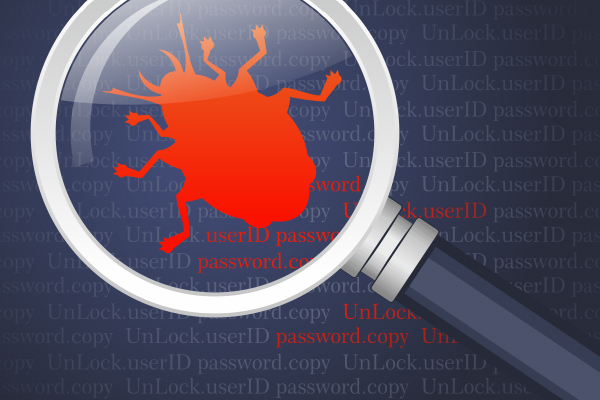HOW TO IMPLEMENT ZERO TRUST SECURITY
What do a firewall, an intrusion detection system (IDS), and a proxy server have in common? They are traditional network security controls. The old information security model enforces defenses at the network perimeter. This protection is only good against external threats. Internal threats have become rampant and the need for a better security model has arisen. Knowing how to implement zero trust security is the solution. 
What is a zero trust model? This information security model improves on the old perimeter defense concept. A zero trust platform denies network access by default to any user or device. They need to pass strict verification before gaining access. After successful authentication, the user or device still gets a few restrictions on their access. In the next section, you will learn what is a zero trust network and the key principles behind it. You will also know how to implement zero trust architecture or security.
ZERO TRUST NETWORK PRINCIPLES
You might be wondering what is a zero trust network. It is a computer network using the principles of zero trust. Here are the key principles behind zero trust architecture:
Principle #1: Never Trust Anything or Anyone A threat can come from within or outside the network. All users and devices don’t have access to the network’s resources by default. Passing the identity verification first is the top priority.
Principle #2: Least-Privilege Access Any user or device that gains network access still gets restrictions on their access. This is essential to reduce potential security risks. Imagine a normal user or device getting admin access. They could introduce threats to the entire network, leading to a loss of profit.
Principle #3: Microsegmentation The “divide-and-conquer” computer algorithm breaks down a problem into two or more sub-problems. This process continues until the problem becomes simple enough to solve. Microsegmentation divides or segments a network into smaller sections or zones. Each zone has its own security controls in place.
Principle #4: Multi-Factor Authentication (MFA) The login process is one of the earliest forms of authentication. A user enters their username and password, and the system validates it. After a successful verification, the user gains network access. MFA combines two or more authentication methods. An example of MFA is login authentication with biometric authentication.
Principle #5: Strict Controls on Device Access Not only do users get access restrictions, but devices do as well. In a zero trust network, the number of devices trying to gain access is trackable. Only devices with authorization can gain access to the network. The use of device certificates and whitelisting is vital here.
Best Practices The main goal of a zero trust security framework is the prevention of data breaches. There are many ways or methods of accomplishing this. Here are the best practices on how to implement zero trust security:
Best Practice #1: Awareness Educate every user about information security and their role in it. They need to realize that they’re also a part of the zero trust solution. They become a part of the problem if they don’t know about this. Provide information about network security awareness, whether in paper or digital form.
Best Practice #2: Always Use MFA A single process for identity verification is not enough. Having two or more authentication methods is necessary. A strong authentication combination is to use biometrics with a one-time-password (OTP). OTPs have a time limit, so the user has to use the code right away before it expires. Biometrics uses unique physical features like fingerprints to gain access.
Best Practice #3: Record Credentials Perform an inventory of all users and devices along with their credentials. This is an important step in network security. Knowing authorized users and devices is a good thing. This is also a fast way of detecting an intruder. You’ll get a quick alert that someone or something is trying to access your network.
Best Practices #4: Look for Weaknesses You should always be looking for security holes or vulnerabilities in your network. This is important so you can patch it up before an attacker finds and exploits it. Vulnerability scanning has become a standard security measure today.
Conclusion You now know what zero trust security is and the key principles behind it. You also learned how to implement zero trust security. For more information on how to implement zero trust security, please click here.



